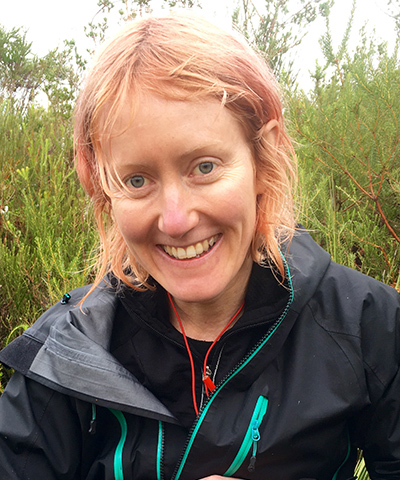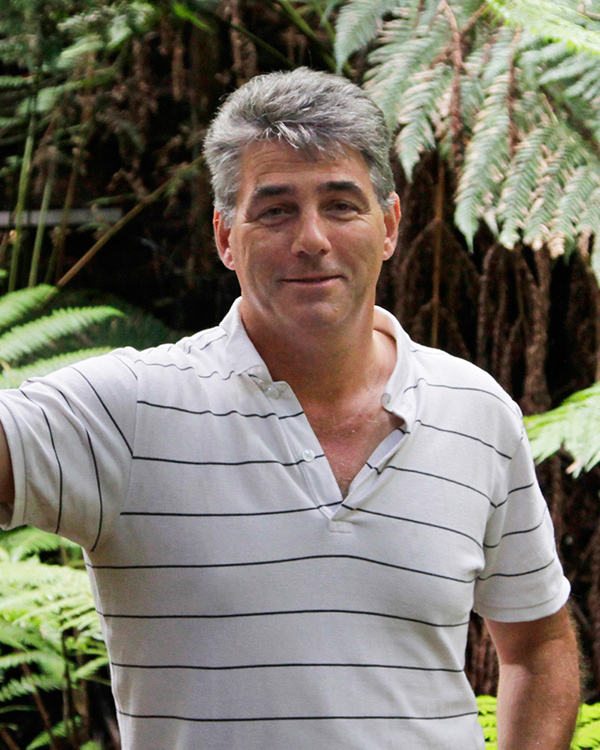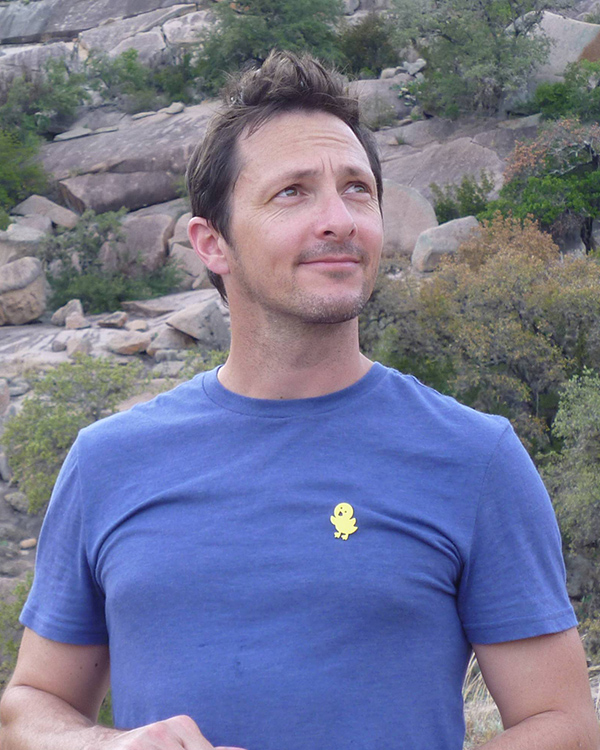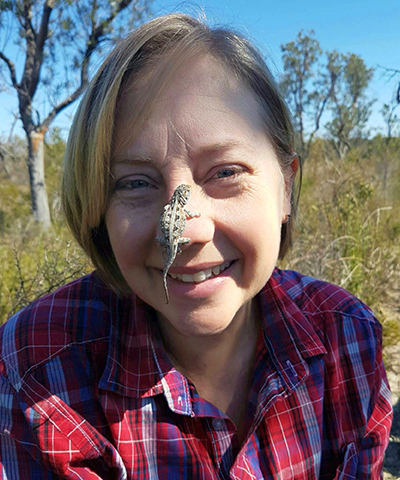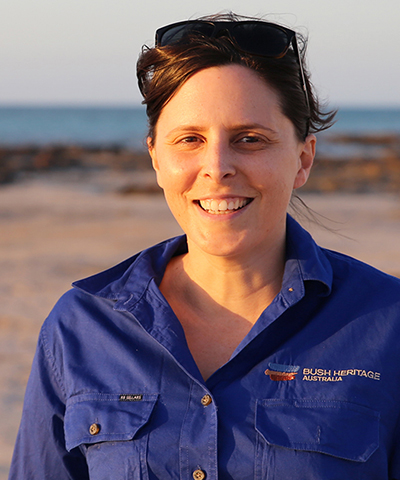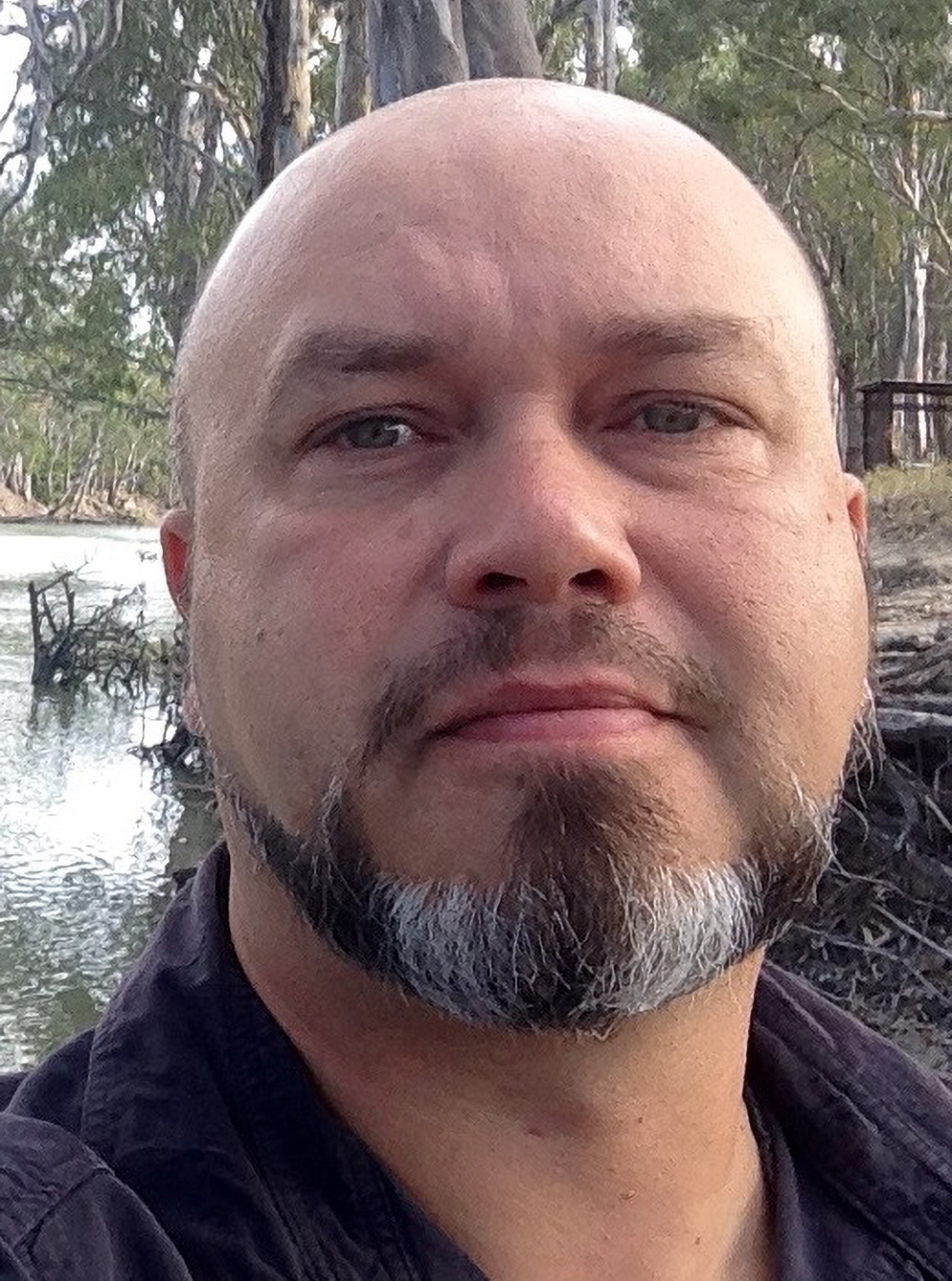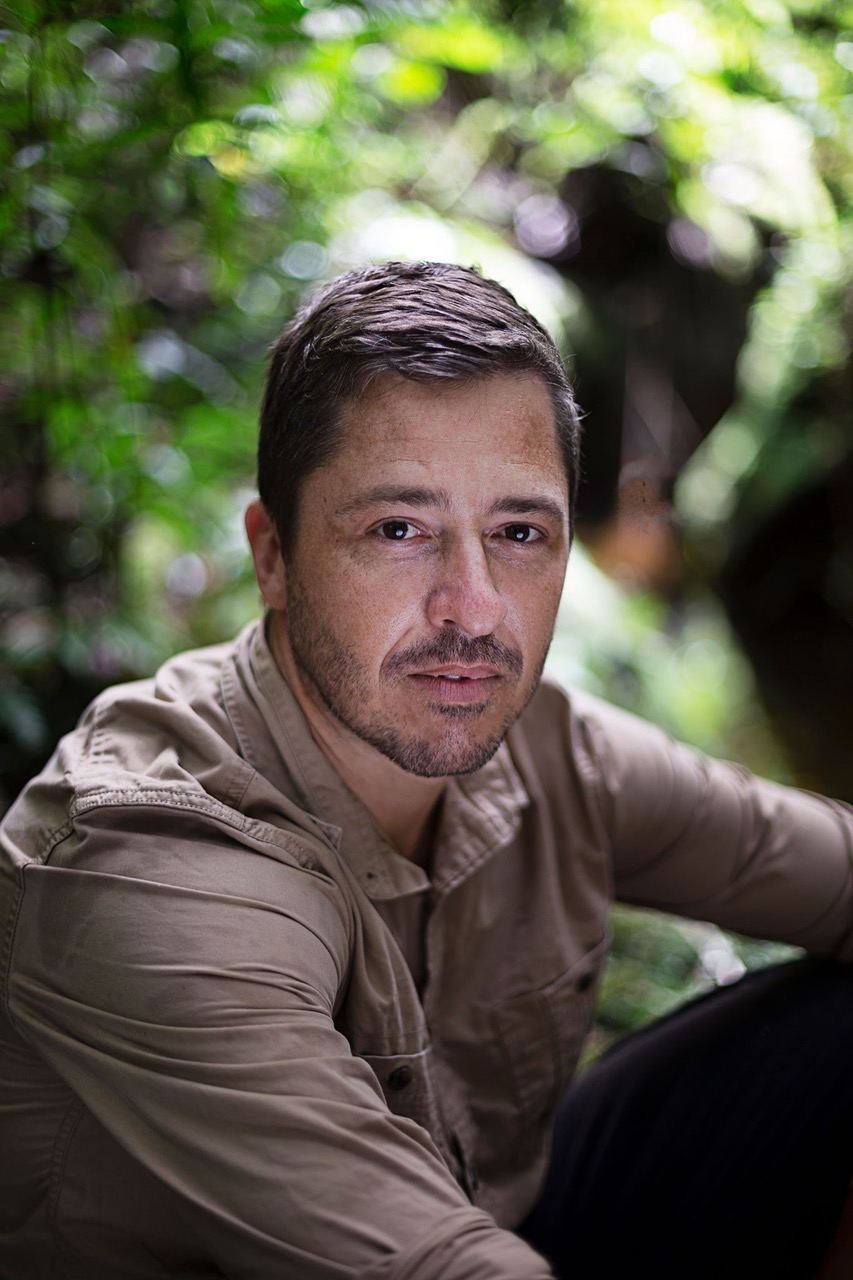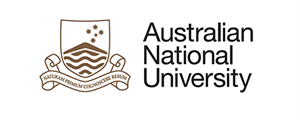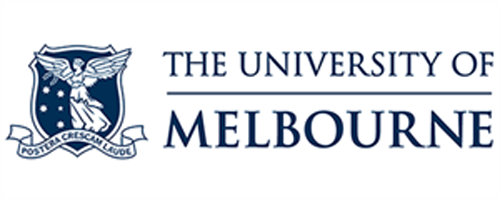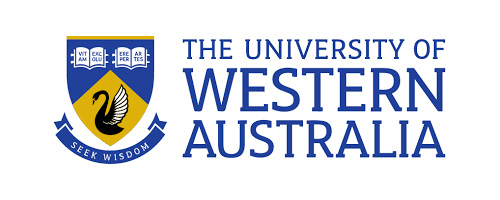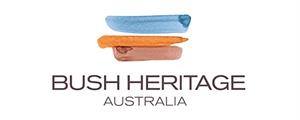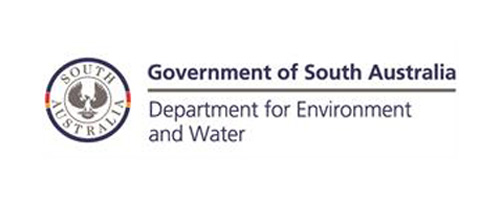Project: 7.1
Methods for measuring uptake and outcomes from environmental research
Project Leaders: Rachel Morgain , Natasha Robinson , Ben Scheele , David Lindenmayer
Research in Brief
This project will use TSR Hub research as a case study to understand how research undertaken to contribute to environmental outcomes can influence change. The project will develop measures for assessing research outcomes while research is underway. It will focus in particular on how conservation managers and researchers understand challenges, build partnerships, shape options and implement measures to improve monitoring and management practices, along with any significant changes to environmental and social outcomes.
The research will apply these methods to enhance existing TSR Hub projects and present findings that could inform the design and implementation of future research projects and programs.

Trapping quenda in Craigie Bushland, south-west Western Australia. Photo: Nicolas Rakotopare
Why is the research needed?
Improving the value of environmental research investment and how research is incorporated in policy and practice rests on understanding the complex pathways through which outcomes and impact from environmental research can be achieved. Despite a global move across the research sector and governments towards identifying research impact, the most common practice in assessing research outcomes across programs still rests in impact case studies and in applying quantitative measures of outcomes, generally well after research projects are complete.
Few approaches exist that focus on determining the array of complex and uncertain pathways that contribute to outcomes from environmental research, or on methods of aggregating these assessments across projects. Current approaches to assessing research outcomes are also often incapable of identifying where gaps exist or how improvements in planning, processes or design of research projects, or programs, could be made. The development of more comprehensive tools, methods and measures for assessing outcomes from research is in its infancy.
Further research is needed into how to best assess outcomes from environmental research. This knowledge will highlight the complex ways research can inform policy, environmental management and other processes, so that the processes of research engagement can be improved. It may also inform the design and implementation of future research programs and projects.
Setting up a feeding station for eastern quolls. Photo: Natasha Robinson.
Why is the research needed?
Improving the value of environmental research investment and how research is incorporated in policy and practice rests on understanding the complex pathways through which outcomes and impact from environmental research can be achieved. Despite a global move across the research sector and governments towards identifying research impact, the most common practice in assessing research outcomes across programs still rests in impact case studies and in applying quantitative measures of outcomes, generally well after research projects are complete.
Few approaches exist that focus on determining the array of complex and uncertain pathways that contribute to outcomes from environmental research, or on methods of aggregating these assessments across projects. Current approaches to assessing research outcomes are also often incapable of identifying where gaps exist or how improvements in planning, processes or design of research projects, or programs, could be made. The development of more comprehensive tools, methods and measures for assessing outcomes from research is in its infancy.Further research is needed into how to best assess outcomes from environmental research. This knowledge will highlight the complex ways research can inform policy, environmental management and other processes, so that the processes of research engagement can be improved. It may also inform the design and implementation of future research programs and projects.

Quenda team at work in Craigie Bushland. Photo: Nicolas Rakotopare
How will the research help?
This project will address a key challenge in environmental research investment by developing effective methods for assessing engagement, uptake, outcomes and potential impacts from research partnerships using TSR Hub projects as a model. NESP provides a valuable platform for developing and refining how environmental research informs and affects change because it integrates many components found to be important in achieving research adoption, engagement, and knowledge exchange. It uses principles of good practice including research co-development, implementation in partnership, targeted and co-designed knowledge outputs and integrated knowledge brokering strategies.
The project will review a number of TSR Hub projects to identify the pathways taken to create change through research engagement and uptake. We will identify and test a framework of qualitative and quantitative measures for assessing the changes that may arise through applying these pathways to environmental research.
This includes measures to assess changes to:
- how environmental challenges are understood and articulated by both researchers and research partners
- improvements in identifying options for environmental management and decisions
- practices and policies
- environmental and social impacts.
This approach provides a means to assess progress towards outcomes from research, allowing for complexities and uncertainties inherent in research pathways to impact.
What research activities are being undertaken?
Drawing on existing methods in assessment of research outcomes from across environmental research networks and other sectors, this project will develop a qualitative and quantitative framework to understand, measure and assess pathways by which research contributes to environmental change. This will be co-developed with a key group of stakeholders, including the Science Partnerships Section of the Department of the Environment and Energy and the Hub’s Indigenous Reference Group. It will test this with stakeholders and research teams across TSR Hub projects to give meaningful information on the value of research and partnerships as they are underway.
During phase 1 of this project, researchers will review existing tools and approaches for assessing outcomes from environmental research, and co-develop an initial framework through a subset of TSR Hub projects focused on monitoring and management of threatened species, which have consistencies in design, implementation and purpose. It will examine changes to monitoring and management understandings, activities and processes that have arisen as a result of Hub research and partnerships. It will develop mechanisms for ‘scaling up’ assessments made at the projects level to build an overall picture across multiple Hub projects.
Phase 2 of the project will assess pathways of remaining TSR Hub projects, identify options for applying or extending the methods developed in phase 1, and test these options on selected projects as case studies.
Who is involved?
The research is being led by researchers from the Australian National University.
Where is the research happening?
The research will take place throughout Australia at the location of TSR Hub monitoring and management projects for threatened flora and fauna species.
When is the research happening?
The project will run from January 2019 to June 2021.
Top image: Booderee National Park rangers tracking an eastern quoll. Photo: Natasha Robinson

